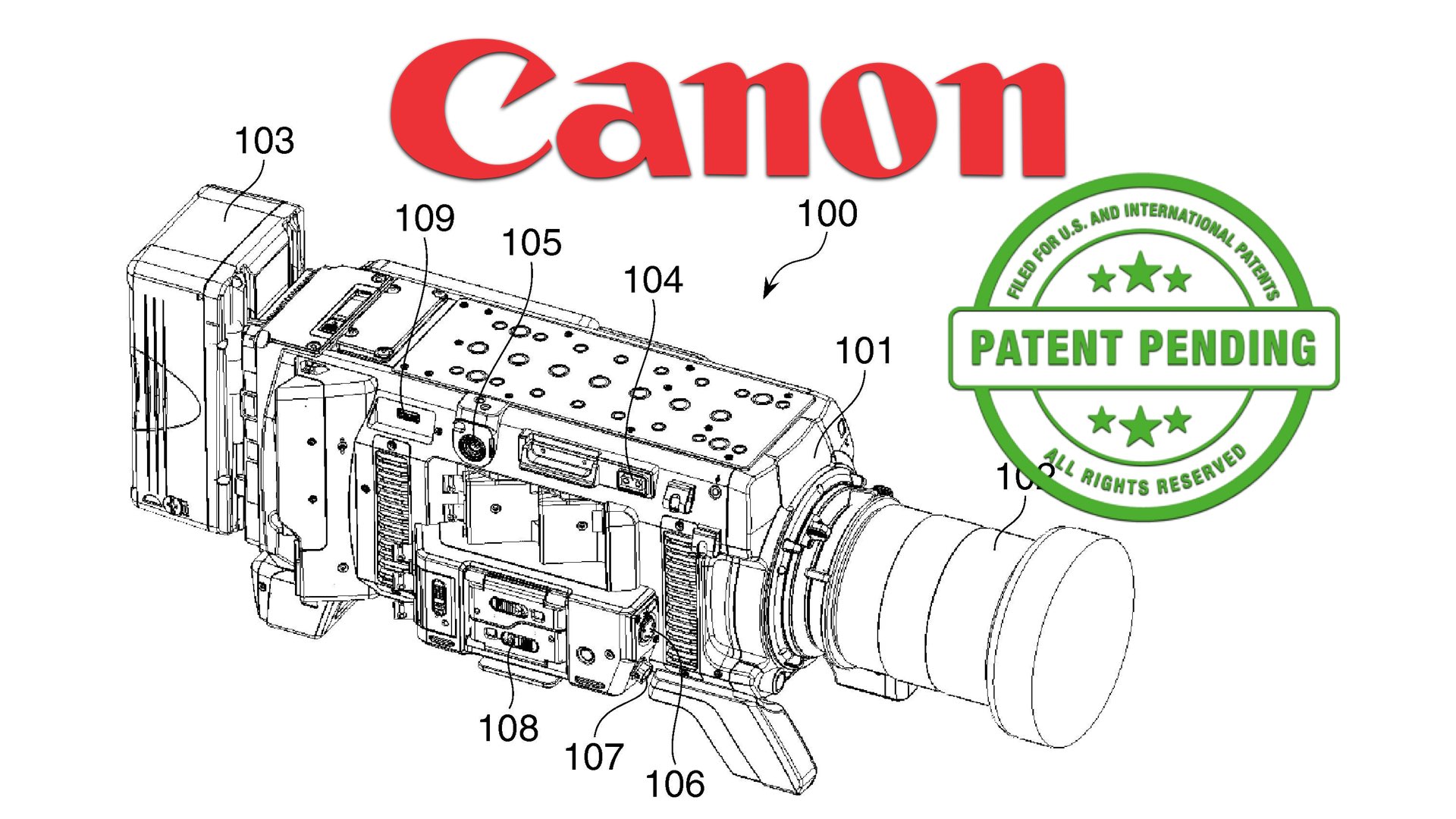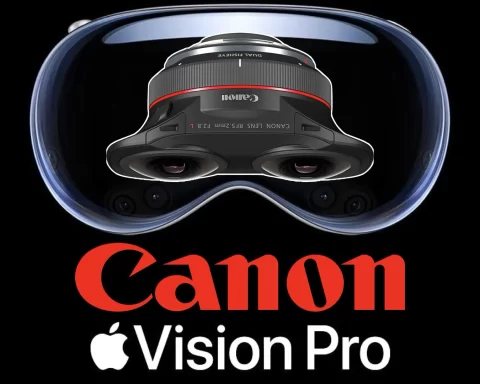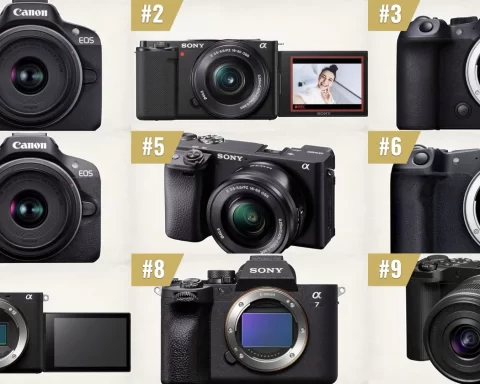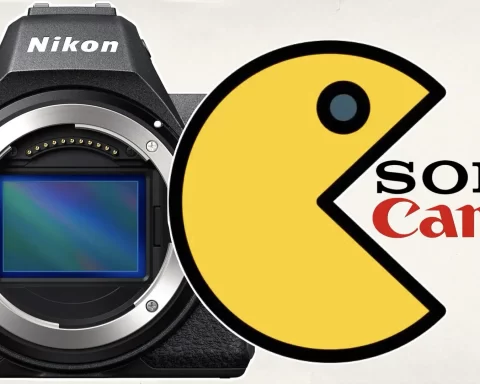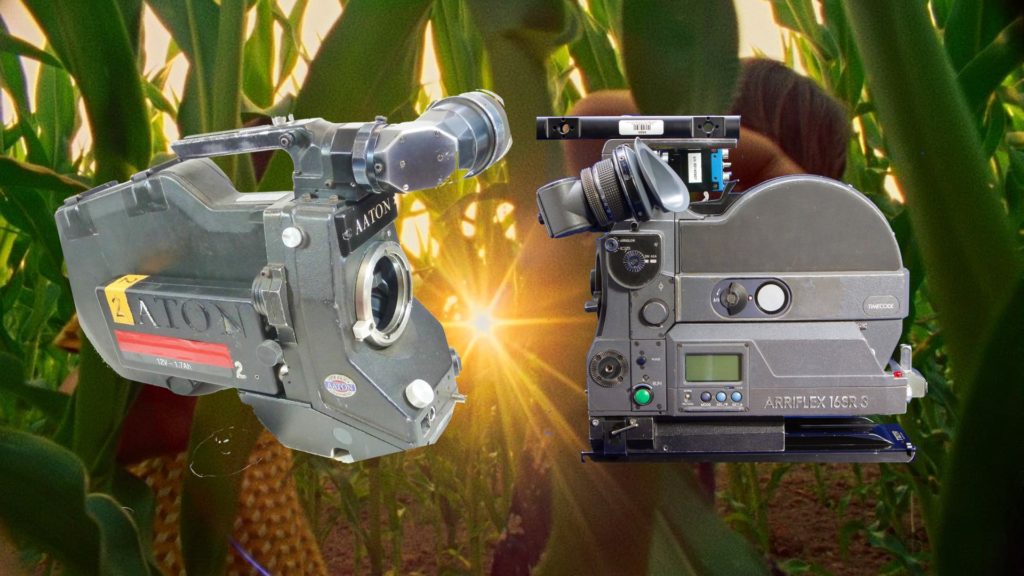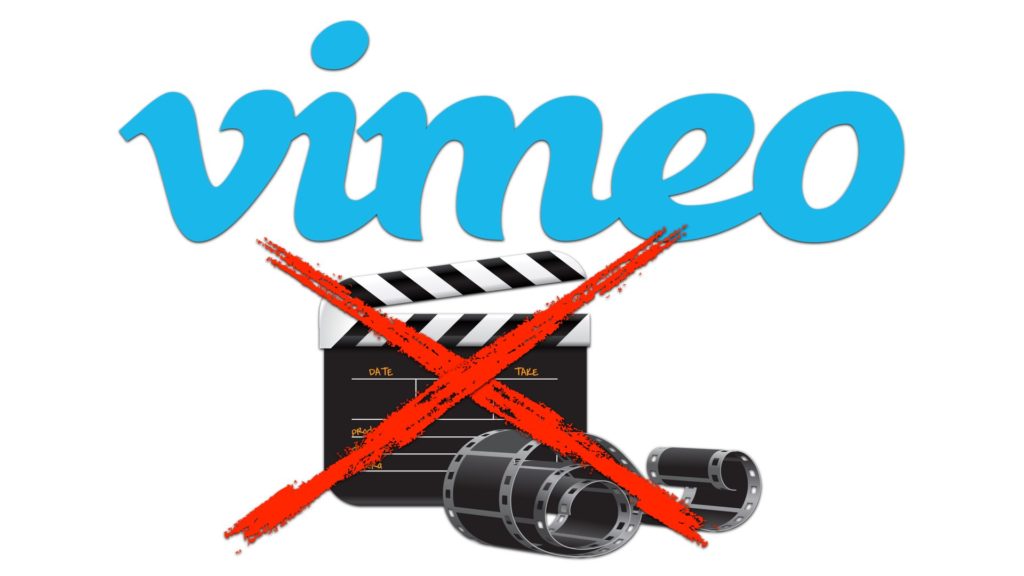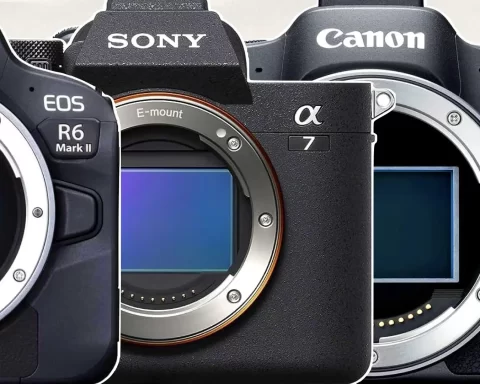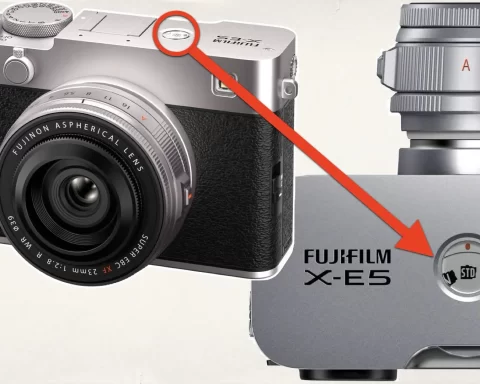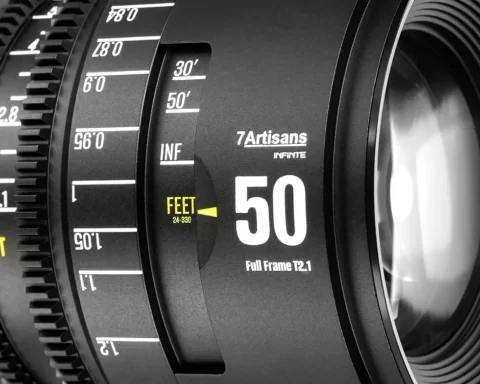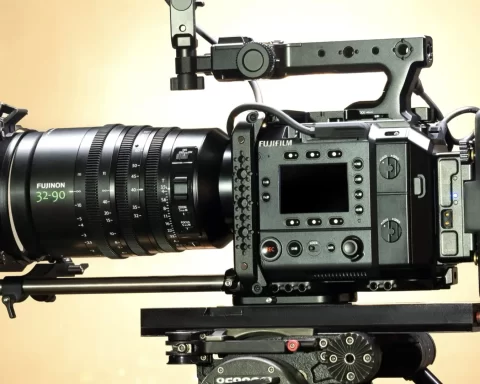A new patent application by Canon demonstrates an advanced/novel method for cable arrangement that allows a reduction in the size of a professional cinema camera. Hence, it implies a new version of a camera that is similar to the C700 model. Might it be the next version of it (C700 Mark II)?

Canon’s newest patent: A ‘new’ method of the cable arrangement
The Japanese patent application (JP,2022-043275, A) was filled in Dec. 28, 2021, and published on Mar. 15, 2022, titled “Imaging device” (translated from Japanese), suggests an ‘innovative’ solution for multiple cable arrangement for a professional camera. As stated in the abstract (Google translated from Japanese): “The present invention relates to an imaging apparatus such as the digital video camera for business use, and more particularly, to an imaging apparatus that has a plurality of external connection terminals. To provide an imaging device capable of preventing a cable from being caught and a connector from being detached, etc., while thinning. A plurality of inclined surfaces provided on a left side surface of a camera body when viewed from the front side and a plurality of external connection terminals provided on the plurality of inclined surfaces are provided, each of the plurality of inclined surfaces being inclined toward the front side so as to be separated from the camera body closer to the front of the camera body, and the plurality of inclined surfaces are inclined. When viewed from the side of the left side surface of the camera body, they do not overlap each other”.
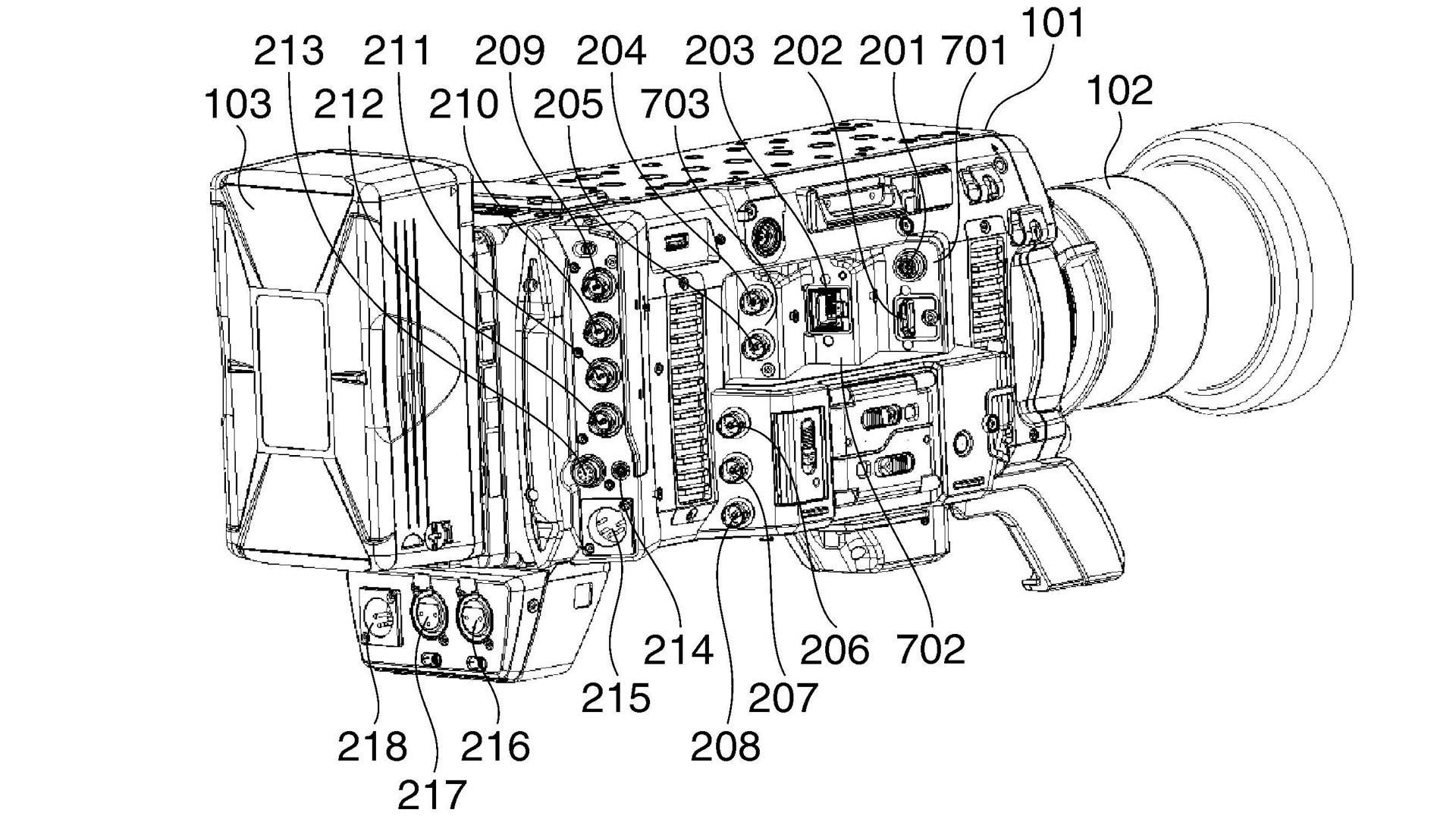
Camera cables as a major issue
Here is how Canon describes the problem to be solved in this patent application (Google translate from Japanese). “In a digital video camera for business use, a cable is arranged on the backside of a camera body so that a connector to which a cable is connected is not damaged, since a cable is moved while moving while a camera body is held on a shoulder. However, in recent digital video cameras for business use, the number of connectors is increased, and the number of connectors for performing high-speed communication at the camera body and the connector for performing IP communication is increased. Therefore, it is not possible to arrange all the connectors on the rear side of the camera body and to dispose of the connectors on the side of the camera body. However, when the number of connectors is further increased due to the further versatility of the camera when the connector is disposed on the side surface of the camera body, the connector is likely to be detached due to the hooking of the cable when the camera body is moved in a state of being carried on the shoulder. On the other hand, when all the connectors are arranged on the rear surface portion of the camera body, the camera body is further enlarged in the width direction of the camera body, resulting in a shape unsuitable for a digital video camera of a shoulder-mounted type business digital video camera”.
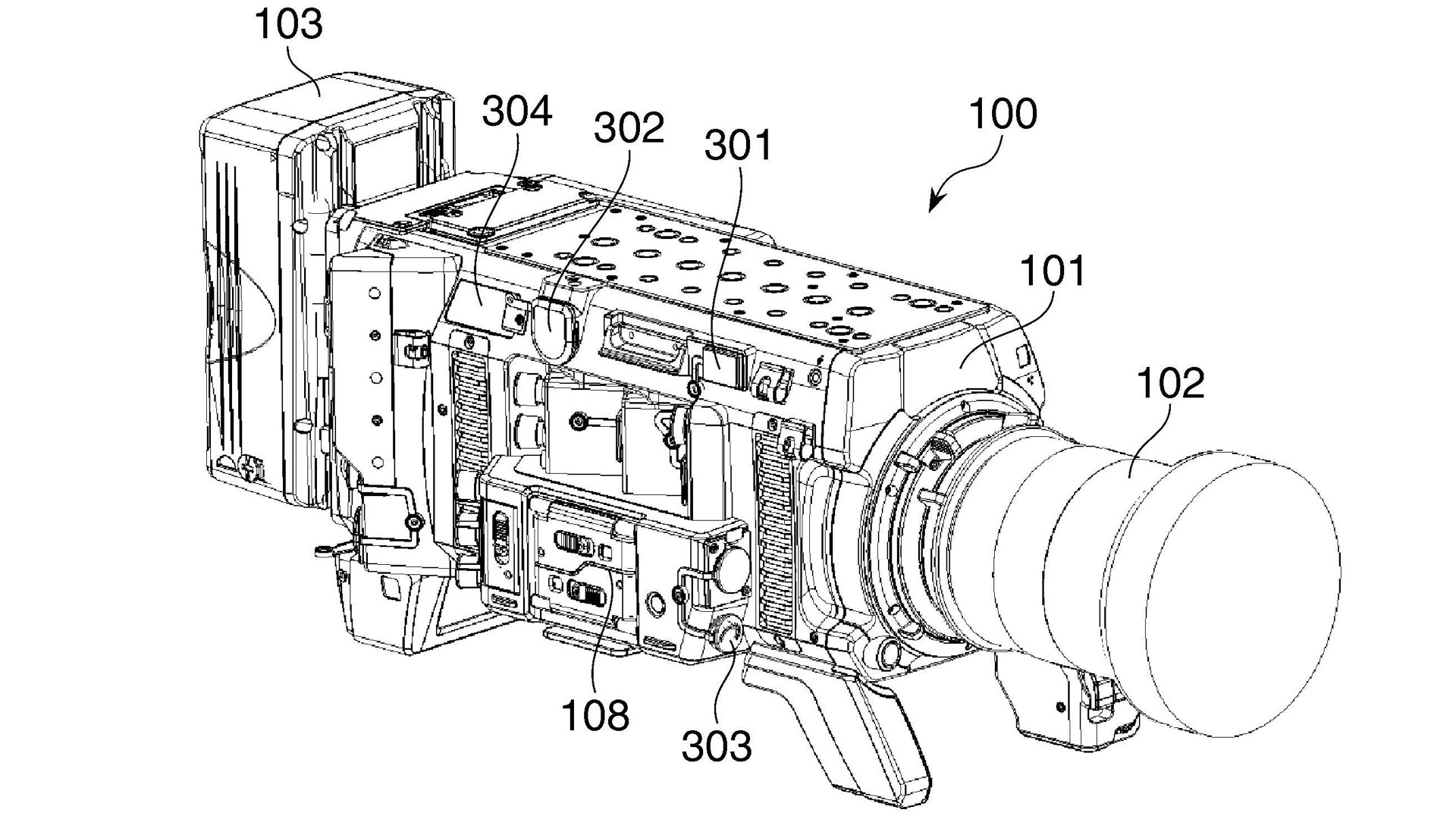
Inclined surfaces to prevent overlapping
Canon states that; “It is needed to provide a technique for preventing a cable from being caught or detached from a cable without reducing the insertion/extraction property of a cable to/from an external connection terminal even when a plurality of external connection terminals is arranged on the side surface in the width direction of the apparatus body while reducing the thickness in the width direction of the apparatus body of the imaging apparatus. To achieve the above, a plurality of external connection terminals is provided on the plurality of inclined surfaces, and each of the plurality of inclined surfaces is provided with a plurality of inclined surfaces. It is preferable that the front side is inclined toward the front side so as to be separated from the apparatus body, and that the plurality of inclined planes does not overlap each other when viewed from the side of the left side, and that at least a part of the plurality of inclined planes overlaps each other when viewed from the rear side of the apparatus body”.


Reducing the size of a professional camera
Canon summarizes by stating: “According to the present invention, it is possible to prevent the cable from being caught and disconnected from the cable without reducing the insertion/extraction property of the cable to/from the external connection terminal even when the plurality of external connection terminals are arranged on the side surface in the width direction of the apparatus main body while reducing the thickness of the apparatus main body. Thus, it is possible to reduce the thickness of the camera body.
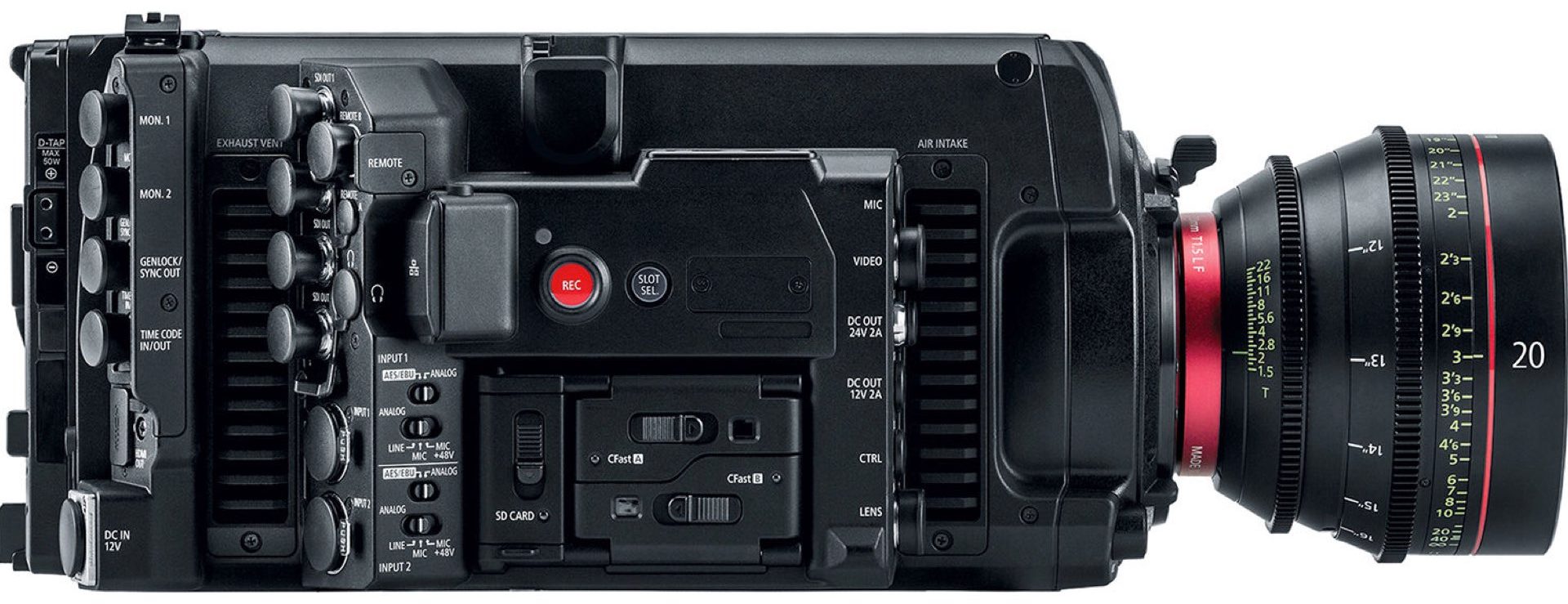

Summary
According to this application, Canon tries to find a way to feed a cinema camera correctly, and without the risk of disconnecting cables and harming the camera maneuverability. One of the advantages of the offered solution is the size reduction of the camera. Furthermore, when looking at the drawings it reminds us of a new version of the C700 which is Canon’s EOS flagship. Hence, it might be a more compact model of the EOS C700 (Mark II)?, or it might be a new method of I/O connectors that Canon wants to implement of its high-end cinema models. What do you think? An EOS C700 Mark II on its way?
Product List
Here’re the products mentioned in the article, and the links to purchase them from authorized dealers.
- Canon EOS C700 Full-Frame Cinema Camera
- Canon EOS C700 Cinema Camera (Super 35)
- Canon EOS C700 Global Shutter Cinema Camera (Super 35)

